Chapter 6: Reporting and Corrective Actions
A successful BCM audit culminates in a comprehensive report that summarizes the findings and recommendations. This chapter explores the key elements of an effective BCM audit report and the process for identifying and addressing corrective actions.
The BCM Audit Report
The BCM audit report is a critical document that communicates the audit findings to relevant stakeholders, including management and personnel involved in the BCM program. A well-written report should be:
- Clear and Concise: Presented in a clear and concise format, avoiding technical jargon where possible.
- Objective and Factual: Based on evidence gathered during the audit and presented in an unbiased manner.
- Comprehensive: Cover all aspects of the BCM program evaluated, including strengths, weaknesses, and opportunities for improvement.
- Action-Oriented: Provide clear and actionable recommendations for addressing identified weaknesses in the BCM program.
Content of the BCM Audit Report
A typical BCM audit report may include the following sections:
- Executive Summary: Briefly outlining the scope of the audit, key findings, and significant recommendations.
- Introduction: Providing context for the audit, including its objectives and methodology.
- Audit Observations: Presenting the detailed findings from the audit, categorized by area of evaluation (e.g., BIA, BCPs, Testing).
- Strengths of the BCM Program: Highlighting positive aspects of the BCM program identified during the audit.
- Weaknesses and Opportunities for Improvement: Clearly outlining identified weaknesses and areas where the BCM program can be improved.
- Recommendations: Providing specific and actionable recommendations for addressing weaknesses and enhancing the BCM program's effectiveness.
- Appendix: Incorporating supporting documents such as interview notes, testing results, and relevant regulations (if applicable).
Identifying Corrective Actions
Based on the audit findings, the next step involves identifying and prioritizing corrective actions. These actions aim to address identified weaknesses and enhance the BCM program's overall effectiveness. Here are some key considerations for identifying corrective actions:
- Severity of the Weakness: Prioritize actions based on the potential impact of identified weaknesses on the BCM program's effectiveness.
- Feasibility and Cost: Consider the feasibility and cost of implementing corrective actions.
- Resource Allocation: Determine the resources (financial, personnel) required to implement corrective actions effectively.
Developing a Corrective Action Plan
A corrective action plan outlines the specific actions to be taken, who is responsible for implementing them, and a timeframe for completion. This plan typically includes:
- Description of Corrective Action: A clear explanation of the action to be taken to address the identified weakness.
- Responsible Person/Department: Assignment of ownership for implementing the corrective action.
- Target Completion Date: A realistic timeframe for completing the corrective action.
- Monitoring and Verification: A method for monitoring progress and verifying the effectiveness of the corrective action.
Summing Up ...
The BCM audit report and the resulting corrective action plan are vital tools for improving the organization's BCM program. By effectively communicating findings and recommendations, and implementing necessary corrective actions, organizations can enhance their preparedness and ensure business continuity in the event of disruptions. A continuous improvement cycle is essential, with regular BCM audits and corrective actions contributing to a robust and adaptable BCM program.
More Information About Blended Learning Auditing BCMS Courses
BCM Institute offers two levels of BCM auditing courses: A-3 BCM-8030 ISO22301 BCMS Auditor [A-3] and the ISO22301 BCMS Lead Auditor [A-5].
 |
![TMM [BL-A-5]](https://no-cache.hubspot.com/cta/default/3893111/e7af9322-15cb-412d-91b6-59cd388ee6e9.png) |
![Register [BL-A-5]](https://no-cache.hubspot.com/cta/default/3893111/bb38417e-6241-4057-b90c-f319f31a494e.png) |
 |
 |
 |




![Email to Sales Team [BCM Institute]](https://no-cache.hubspot.com/cta/default/3893111/3c53daeb-2836-4843-b0e0-645baee2ab9e.png)



